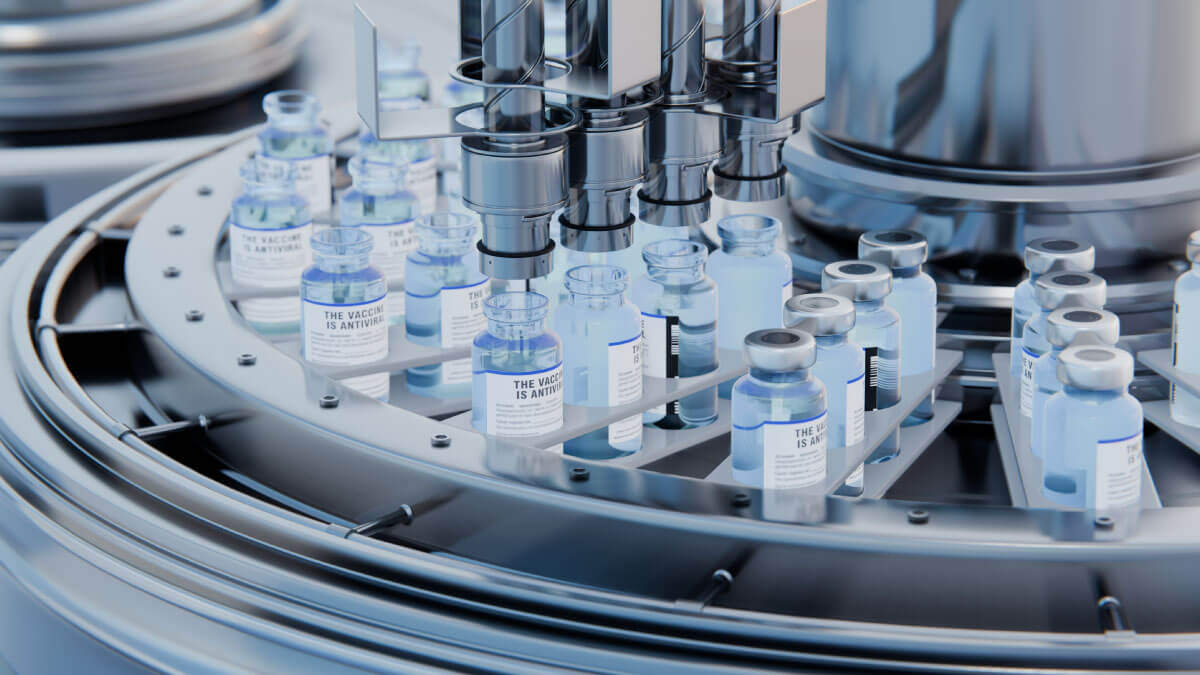21 CFR Part 210
21 CFR Part 210 is one of the most important FDA regulations for pharmaceutical companies. The regulation covers everything from manufacturing drugs to packaging to storing finished products. This regulation is considered the standard practice or good manufacturing practice expected from the FDA for manufacturing medications in the USA.
Part 210 of 21 CFR covers the general aspects of regulatory requirements for manufacturing, processing, packing, and holding of drugs. This incredibly important document sets out the basics for the CFR 21.
What is 21 CFR Part 210 in simple words?
21 CFR part 210 is a regulation listed in the Code of Federal Regulations (CFR). The CFR contains all the regulations (permanent or not) imposed by the Federal Register and the Federal Government of the United States of America.
21 CFR is the 21st title of the CFR document. The regulation we are working with in this article belongs to this subchapter C of title 21, which is dedicated to medications in general.
Part 210 of the regulation is further divided into three sections.

The 21 CFR part 210 provides the basic framework for pharmaceutical manufacturing of drugs, ensuring their safety and efficacy.
What is the importance of 21 CFR Part 210?
The 21 CFR Part 210 outlines the minimum current Good Manufacturing Practice requirements and their applicability. Setting the stage for the later parts, especially 211.
Part 210 might seem less significant, compared to other more detailed regulations. Yet, it plays a key role. The 21 CFR part 10 provides the grounds on which several FDA regulations expand upon. It provides the initial scope and definitions by which part 211 and other pharmaceutical regulations including 225, 226, 600-680, and 1271 abide by.
It is also non-negotiable. Any company looking to market their pharmaceutical product in the USA must comply with 21 CFR part 210. Noncompliance to part 210 or to the current good manufacturing practice, in general, is a serious regulatory breach and can lead to warning letters, product recalls, fines, or severe consequences like facility shutdowns.
Apart from its regulatory function, 21 CFR part 210 defines key cGMP terms needed by manufacturers to document, label, classify, and market their products. It prevents mixups and errors for legal and production purposes.
While adherence to the current good manufacturing practices is mandatory, going above the minimum requirement only helps the manufacturing brands. These standards build trust and rapport with regulatory authorities and consumers, expediting market access and trade.
What is the difference between 21 CFR Part 210 and 211?

21 CFR parts 210 and 211 are pretty similar in their field of application. Both of these regulations work with the manufacturing of drugs in general. However, one of the key differences is that 21 CFR Part 210 provides a general structure.
Part 210 contains the core definitions and applicability of current Good Manufacturing Practices that manufacturers need for producing, processing, holding, or packing products. Essentially, it provides the broad requirements and establishes where and when the regulation comes into effect.
The 21 CFR Part 211, on the other hand, delves into the detailed minimum requirement of cGMP for finished drug products. This part focuses on actionable requirements regarding a variety of topics including management, labeling of products, storage, documentation, testing, etc. The goal of 21 CFR part 211 is to introduce benchmark procedures and processes to ensure the quality, efficacy, and safety of the final pharmaceutical product. Part 210 is the precursor to it.
What is the scope of 21 CFR Part 210?
The scope of 21 CFR part 210 is established in its second section. Part 210 and by extension parts 211, 225, etc, apply to drugs, biological products for human use, and “human cell, tissue, or cellular or tissue-based product (HCT/P) that is a drug”.
Regarding personnel, the regulation mentions that a person needs to comply with those parts of the regulations that apply to their work. For example, if someone is a documentation expert in a drug manufacturing company, only the regulatory requirements for documentation and related training apply to them.
How to comply with 21 CFR Part 210?
Unlike part 211, there are no direct, actionable steps in part 210. Instead, a significant part of 21 CFR part 210 holds the definitions. To comply with the 21 CFR Part 210, you should ensure that all processes, facilities, and paperwork have the correct use of the proper terms.
Proper training of the staff on the correct terms, especially key terms related to specific products, is another key step for 21 CFR part 210 compliance. Mix-ups and mislabels are far too common for similar terms and can be dangerous, especially if discovered during regulatory audits!
It is also important to be familiar with the regulations and keep track of the updates. In June 2024, some parts of the 21 CFR part 210 were amended along with other regulations. Updates like these are common and manufacturers are expected to comply with the changes accordingly.
Conclusion
In conclusion, while the 21 CFR part 210 may seem like a simple regulation containing only a few definitions, it is just as crucial to regulatory compliance as other larger, more elaborate regulations. As a trusted provider of QMS software for the life sciences industry, here at Scilife, we’re dedicated to simplifying compliance for you by providing expert guidance and tools.
Additional resources

Mastering 21 CFR Part 211 Compliance | Scilife
The pharmaceutical industry is highly regulated to ensure the safety, efficacy, and quality of drug products. As part of the FDA’s current good ...

Guide to 21 CFR Part 210 Compliance for QA Professionals | Scilife
As quality professionals, we know that a vital part of keeping patients safe is making sure that drug products are manufactured consistently and that ...

5 Main Components of GMP: A Comprehensive Guide
GMP stands for “Good Manufacturing Practices.” In life sciences manufacturing, a buzzword you'll often hear is "Good Manufacturing Practices," ...

The Full Guide to QMS in Pharma for QA Professionals | Scilife
Every Quality Assurance (QA) professional knows that a Quality Management System (QMS) is the foundation of product safety and effectiveness in the ...
Turn quality into your brightest asset with Scilife


